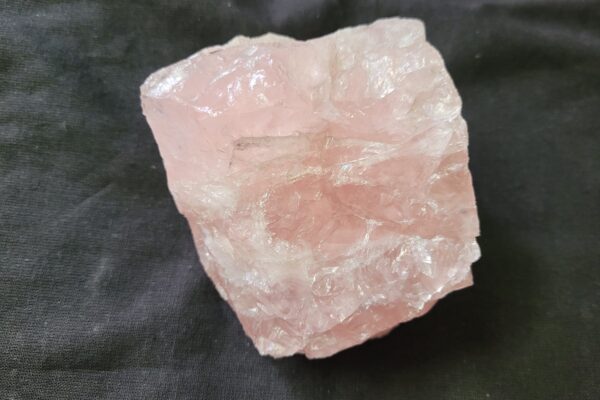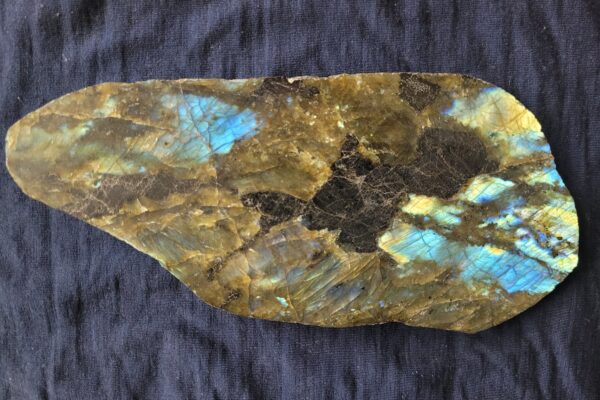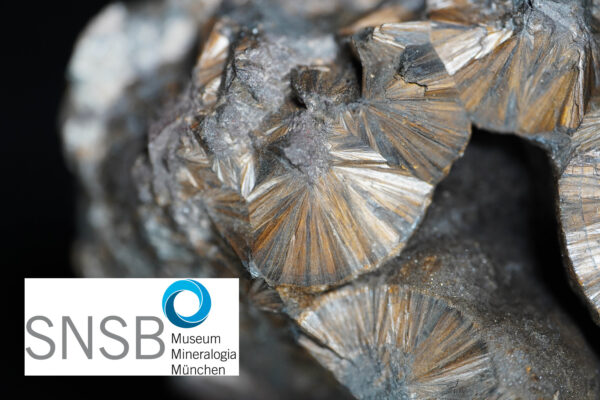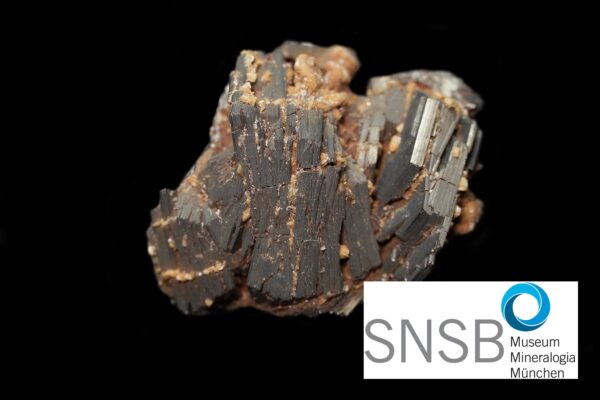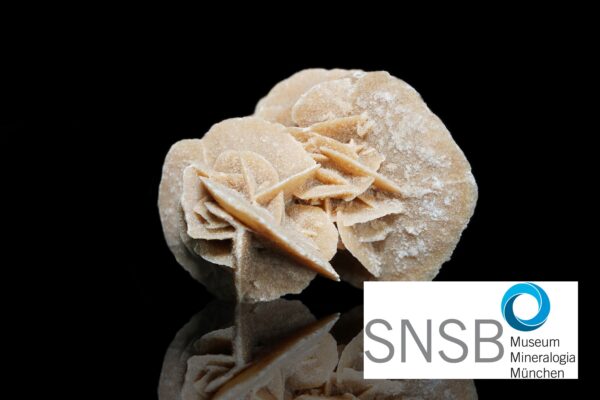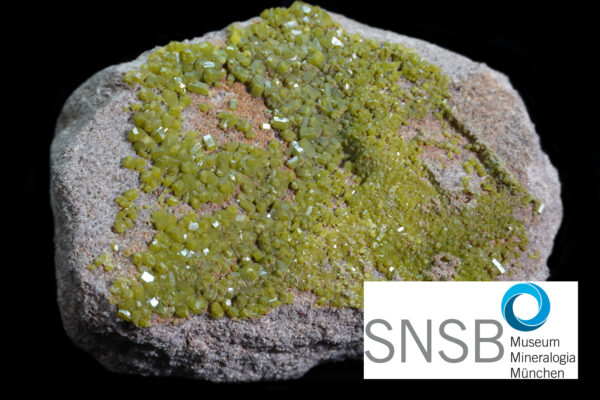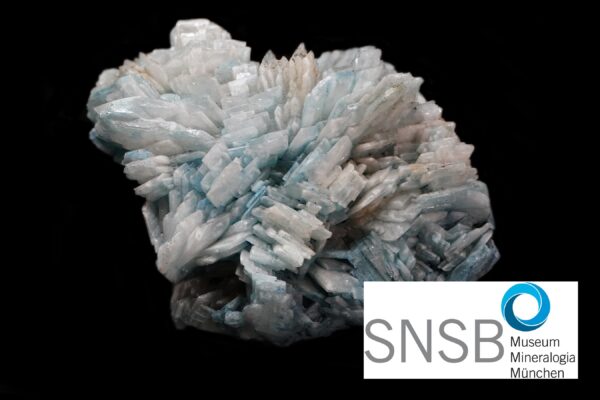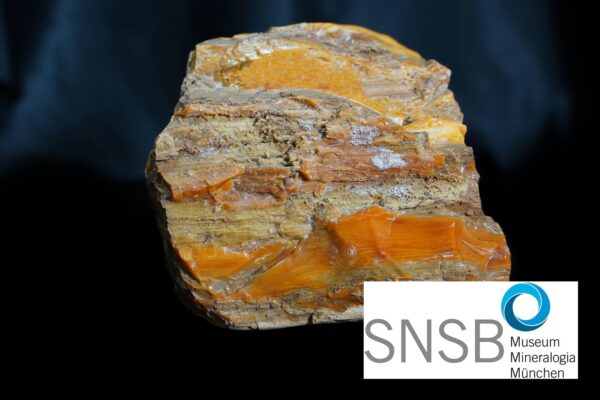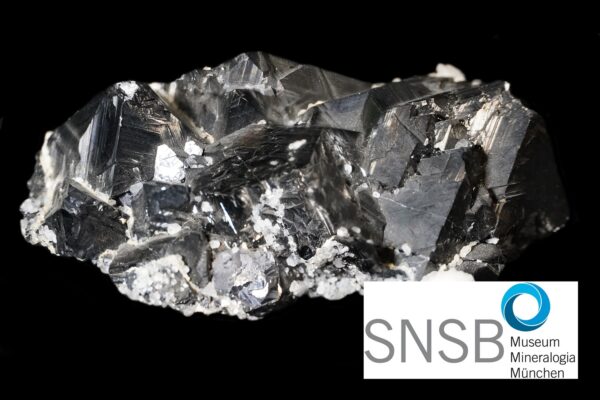Mineral of the Month 2023
December 2023 – Rose quartz
Mineral of the Month 2023
November 2023 – Labradorite
Mineral of the Month 2023
October 2023 – Goethite
Mineral of the Month 2023
September 2023 – Pyrrhotite
Mineral of the Month 2023
August Sandrose (gypsum)
Mineral of the Month 2023
July 2023 – Pyromorphite
Mineral of the Month 2023
June 2023 – Barite
Mineral of the Month 2023
May 2023 – Wood opal
Mineral of the Month 2023
April 2023 – Sphalerite
Mineral of the Month 2023

